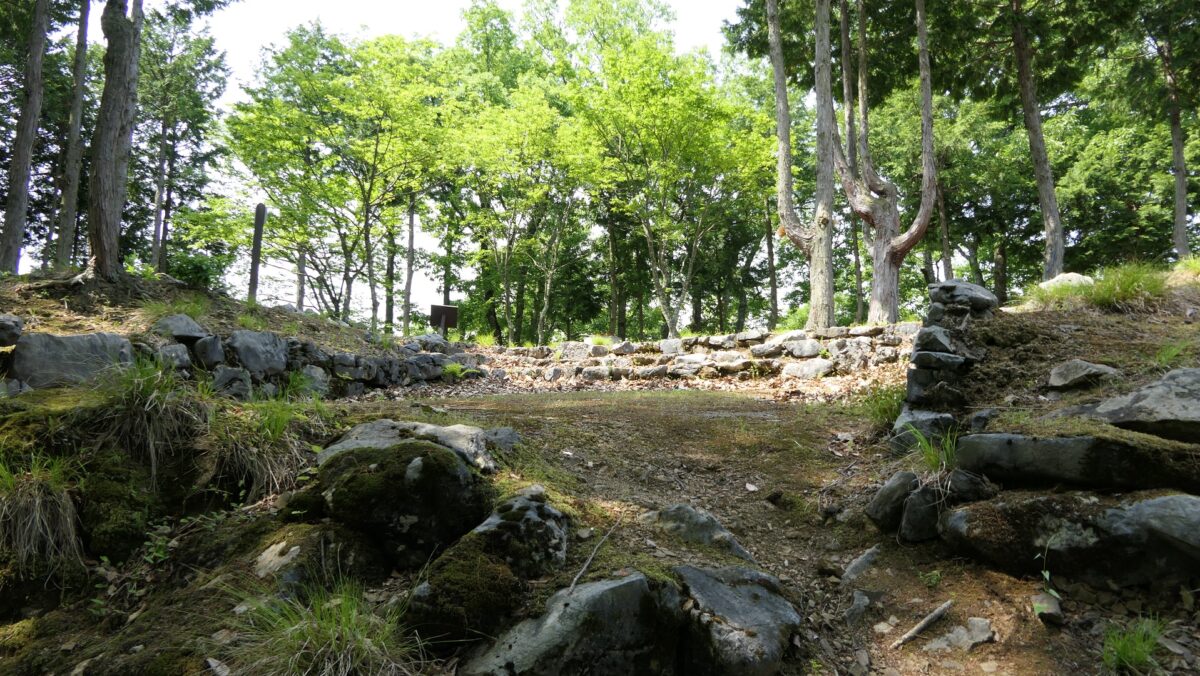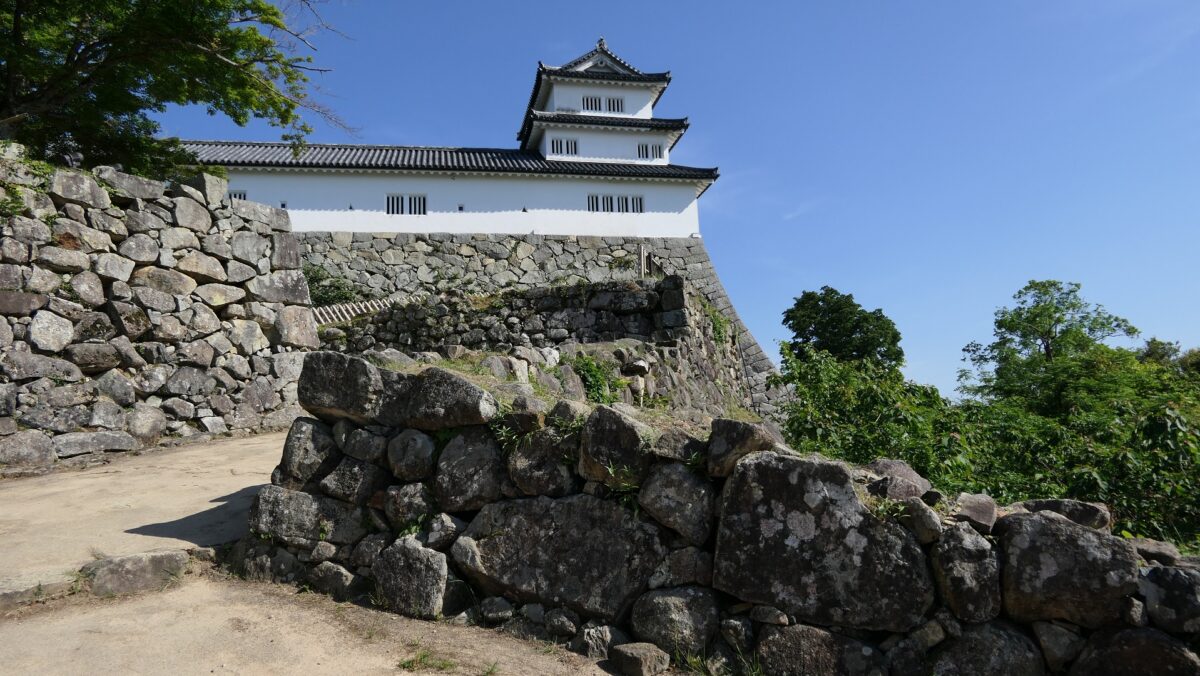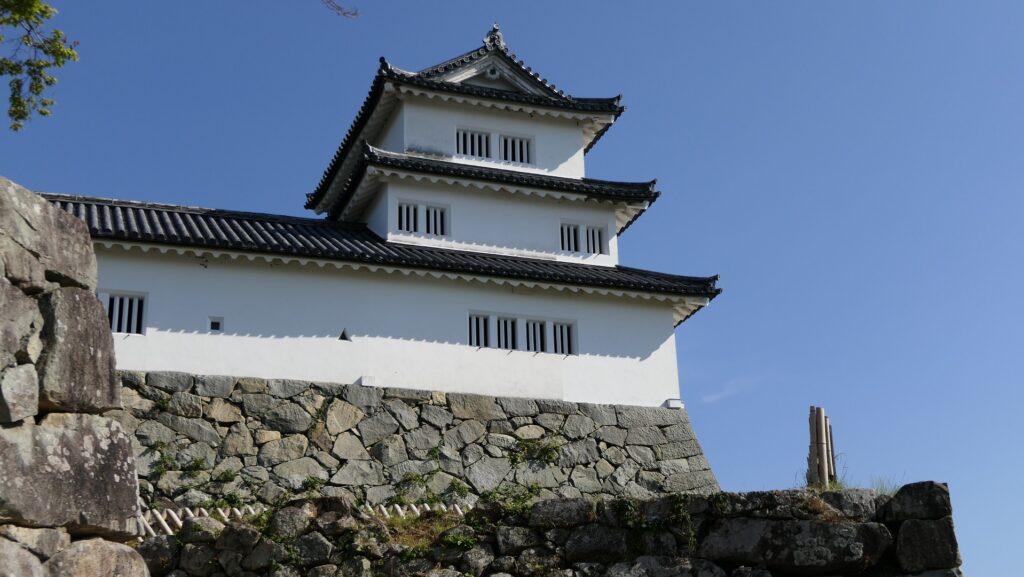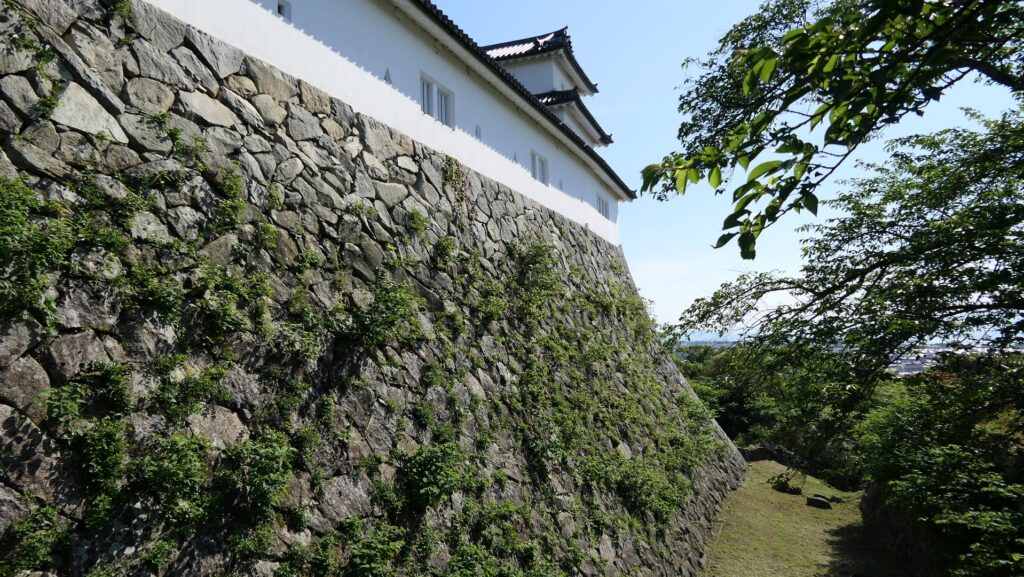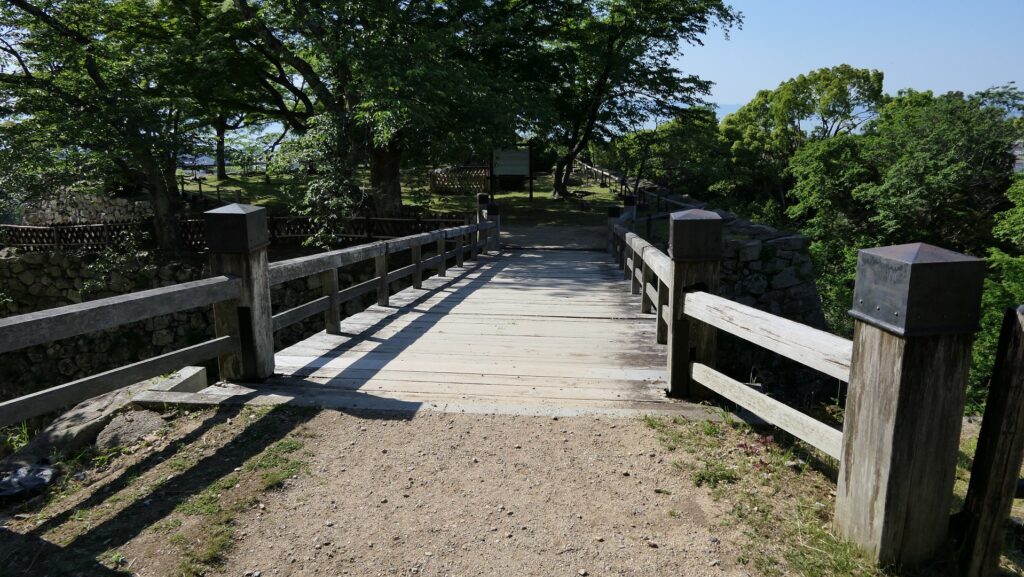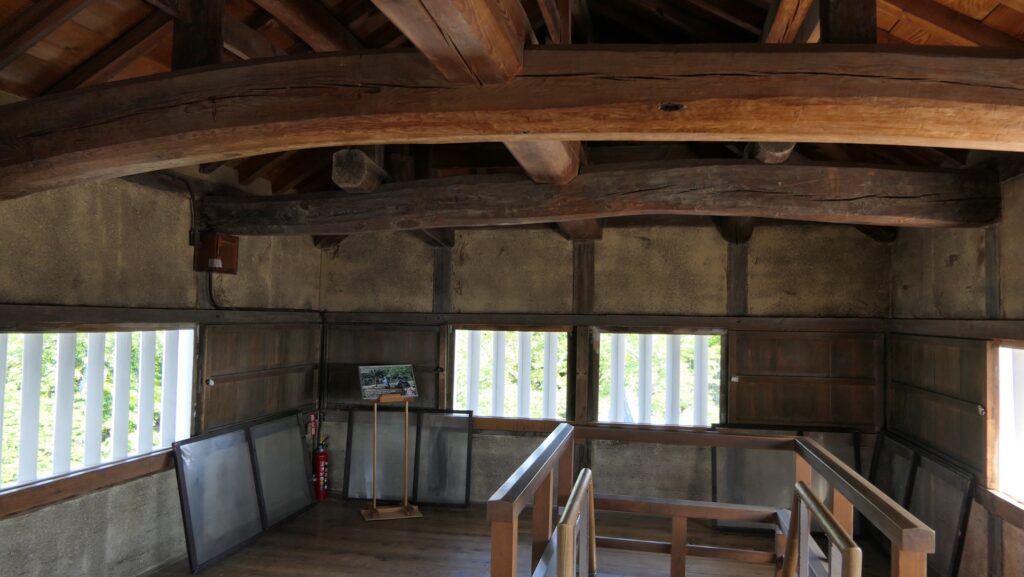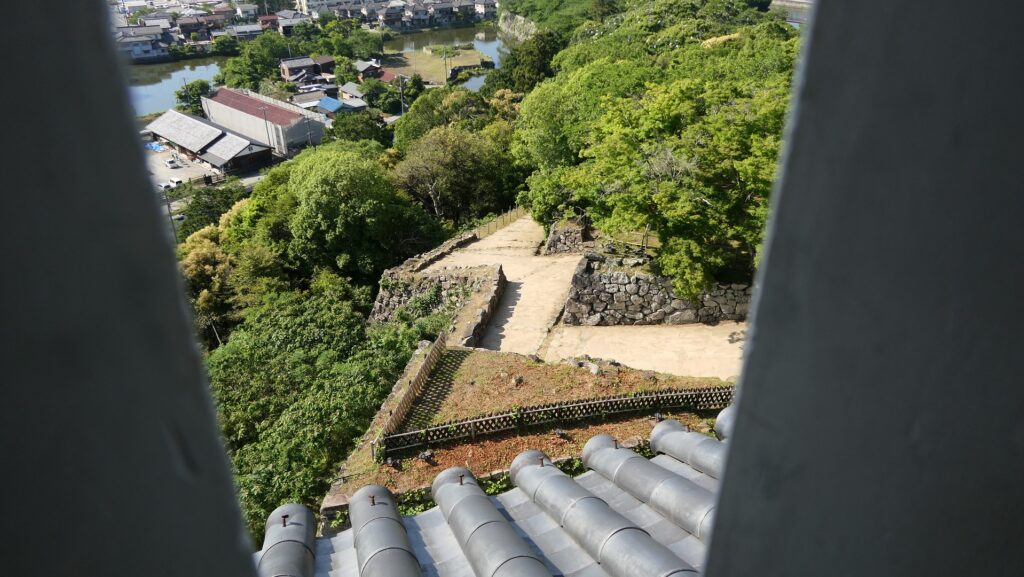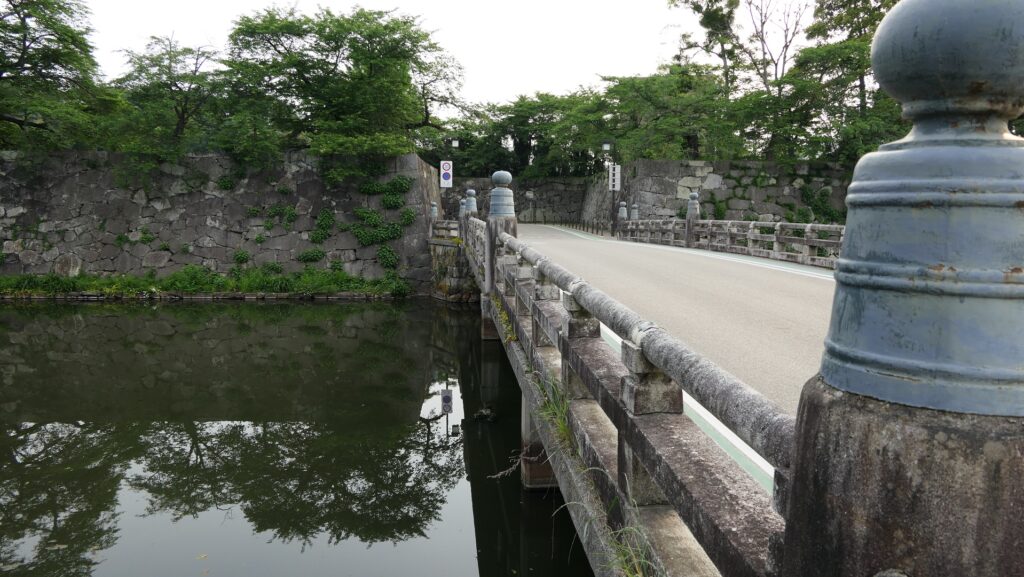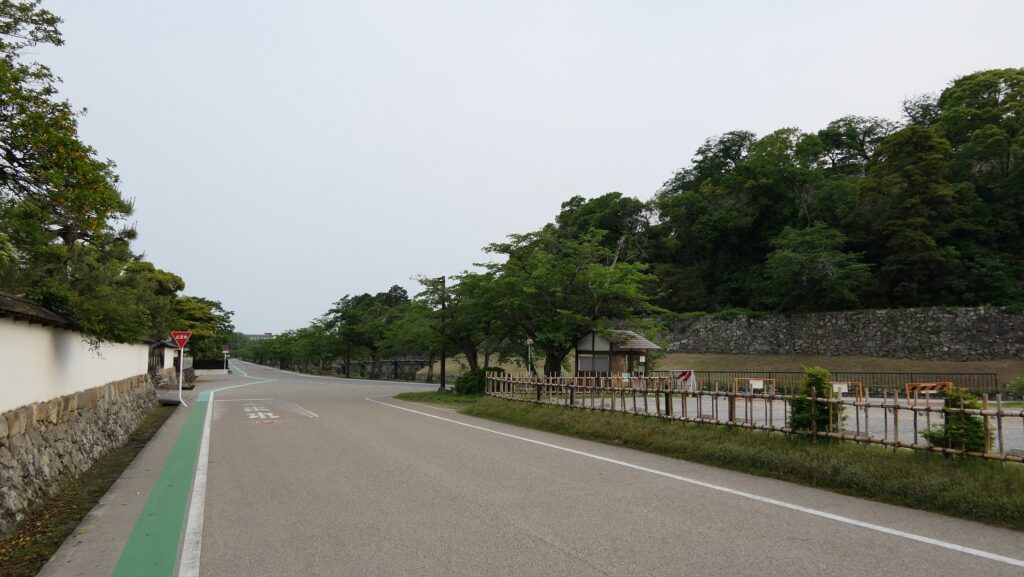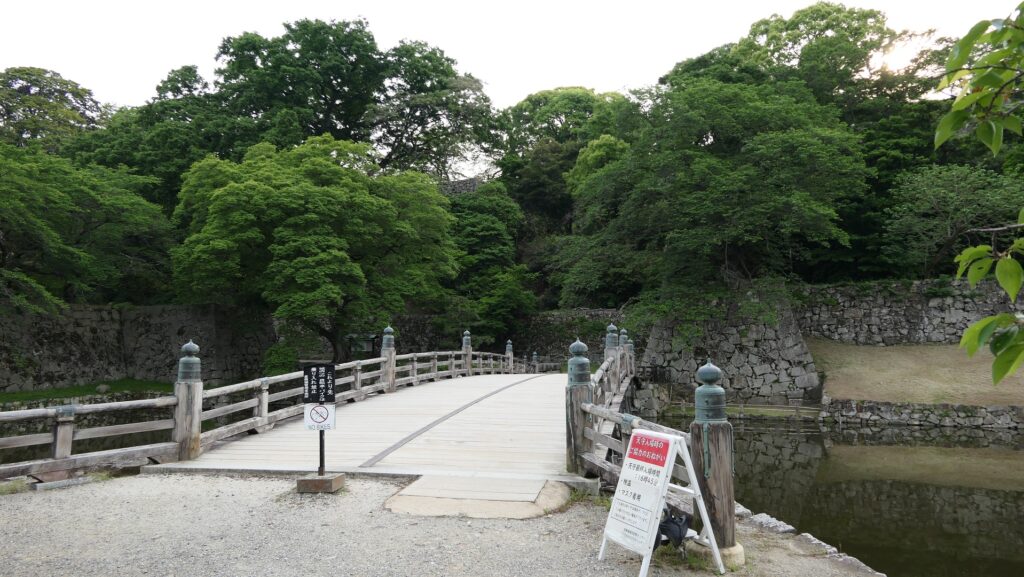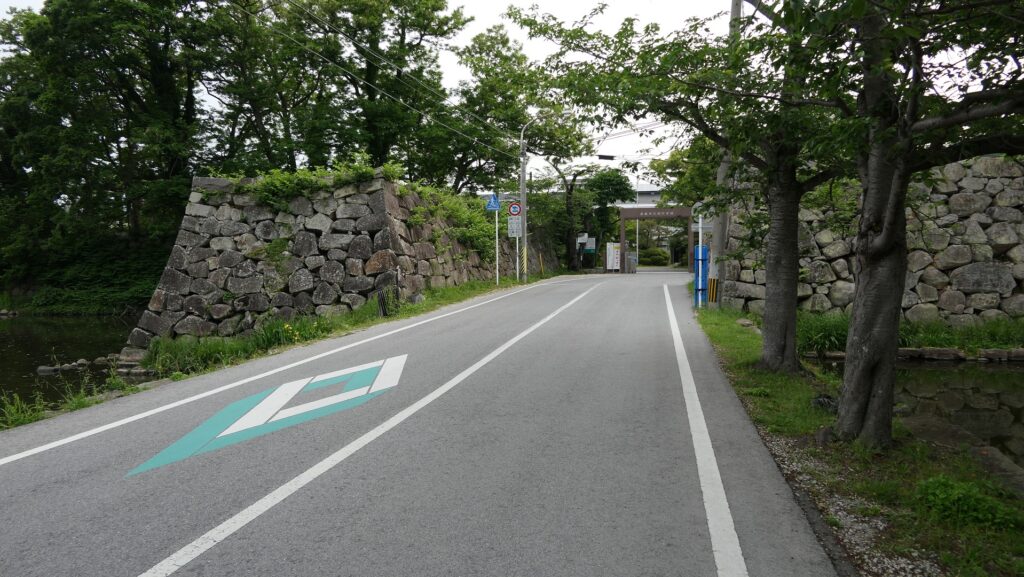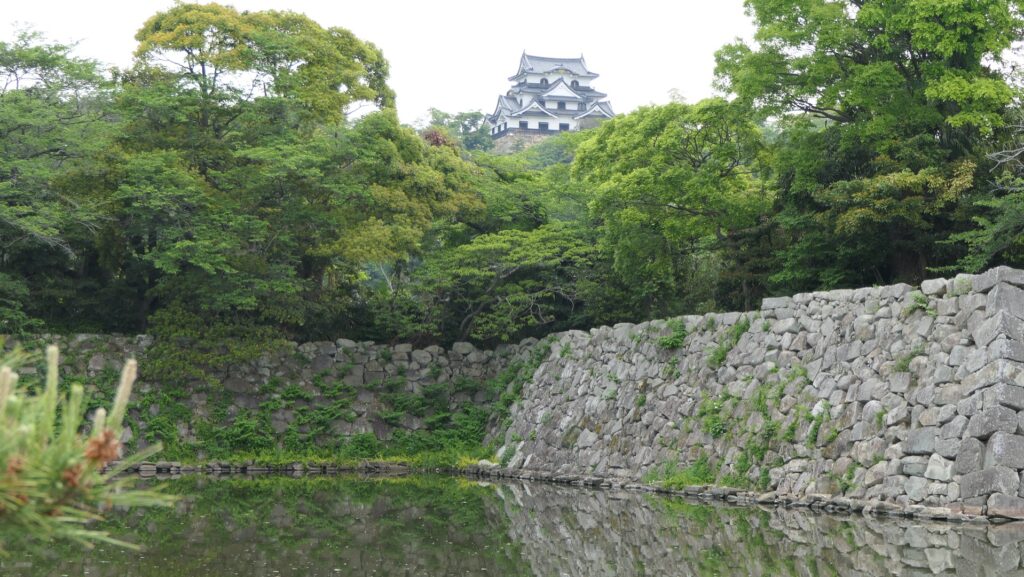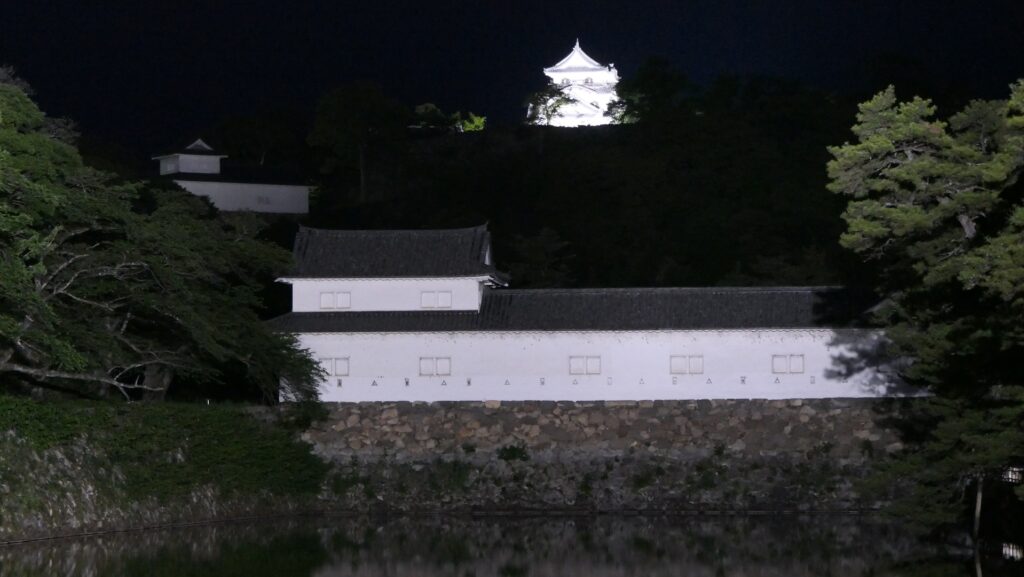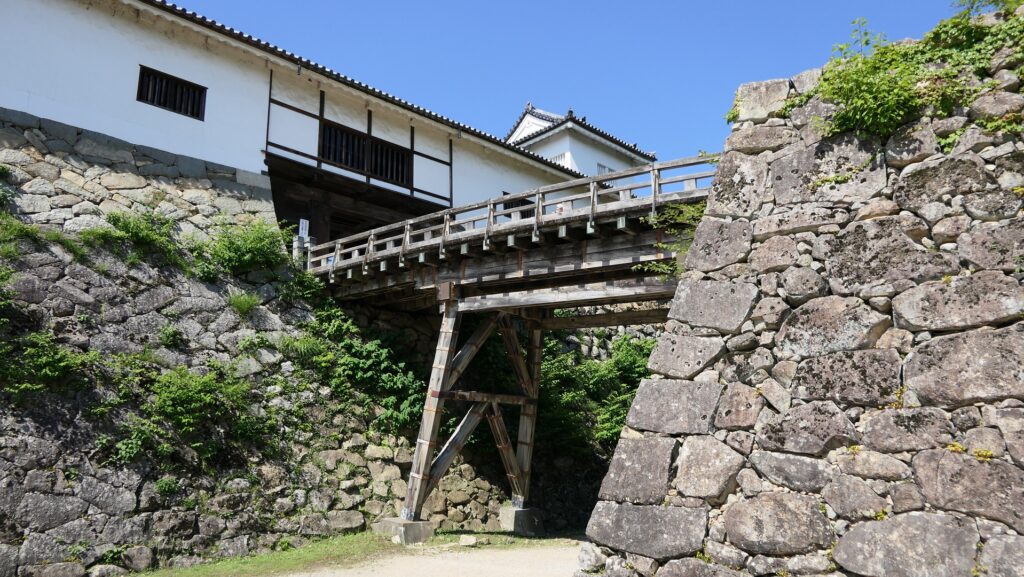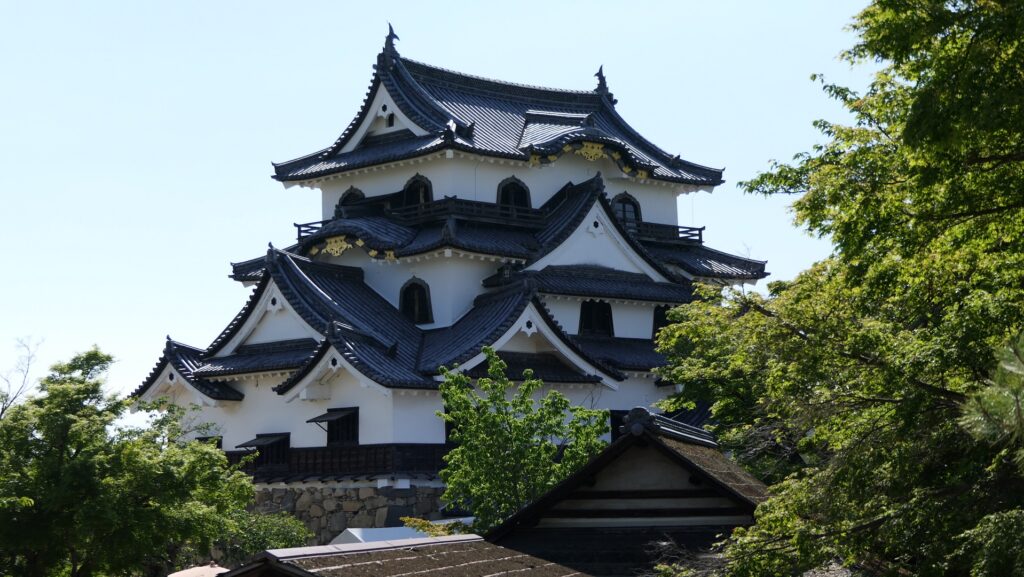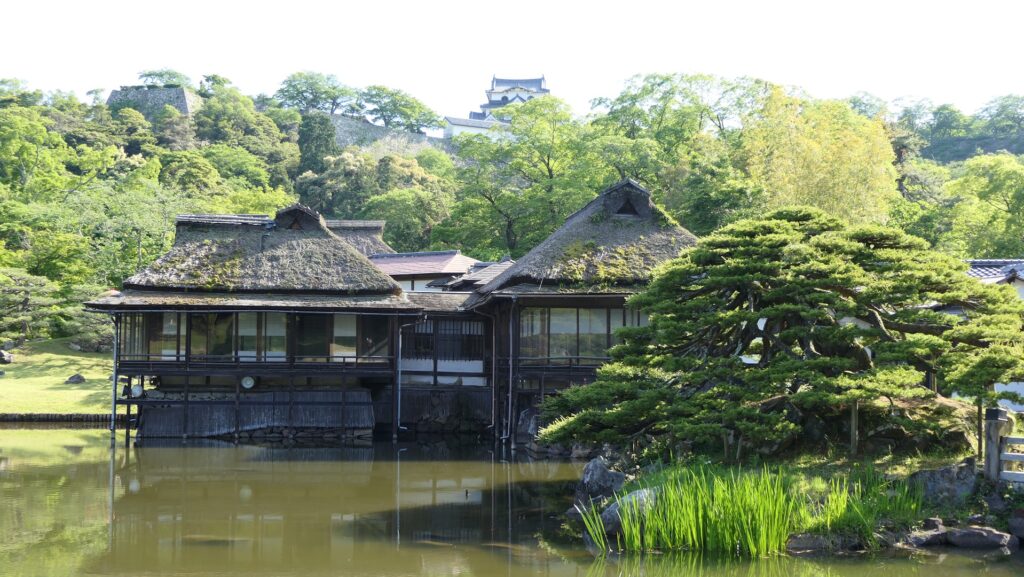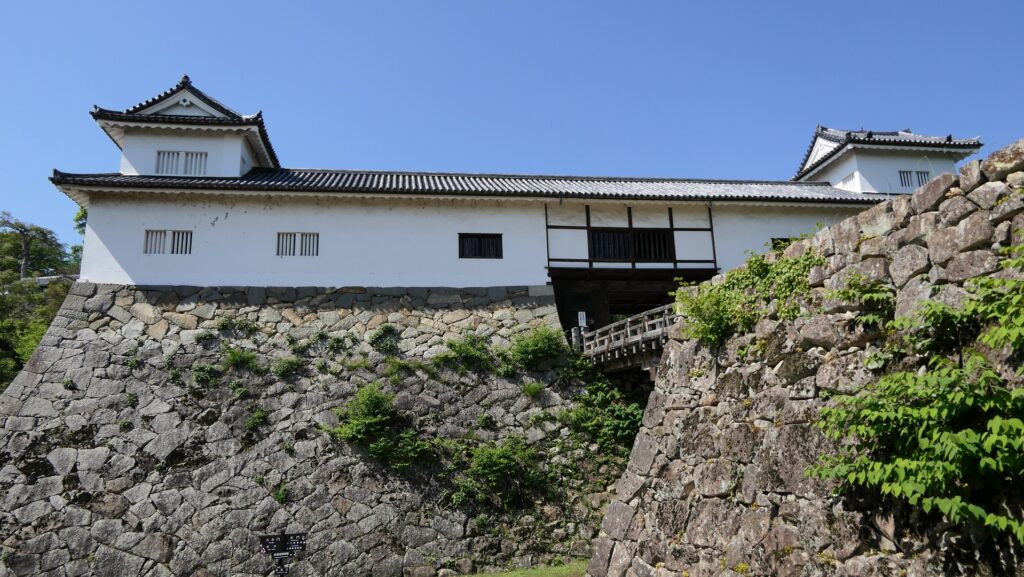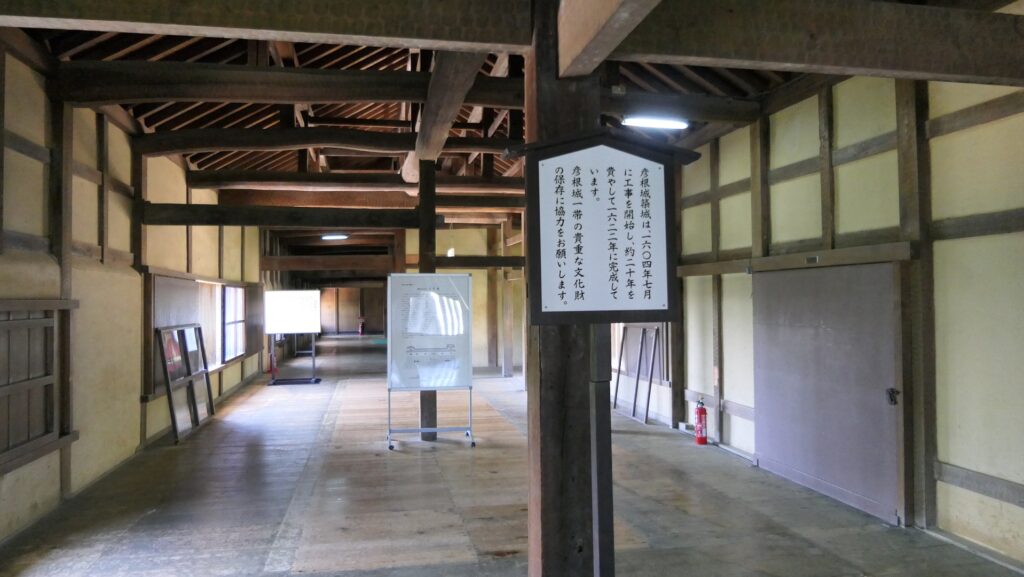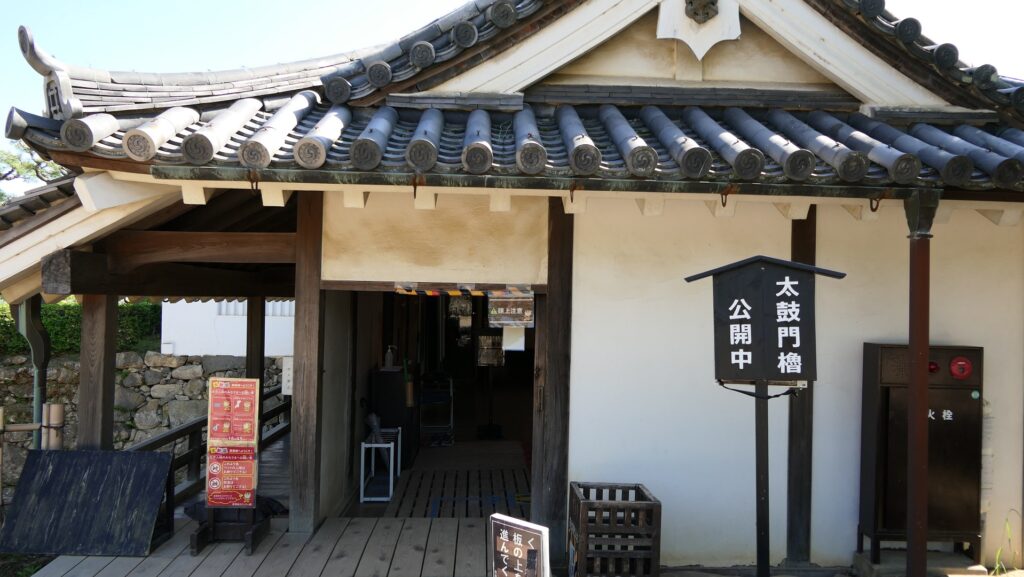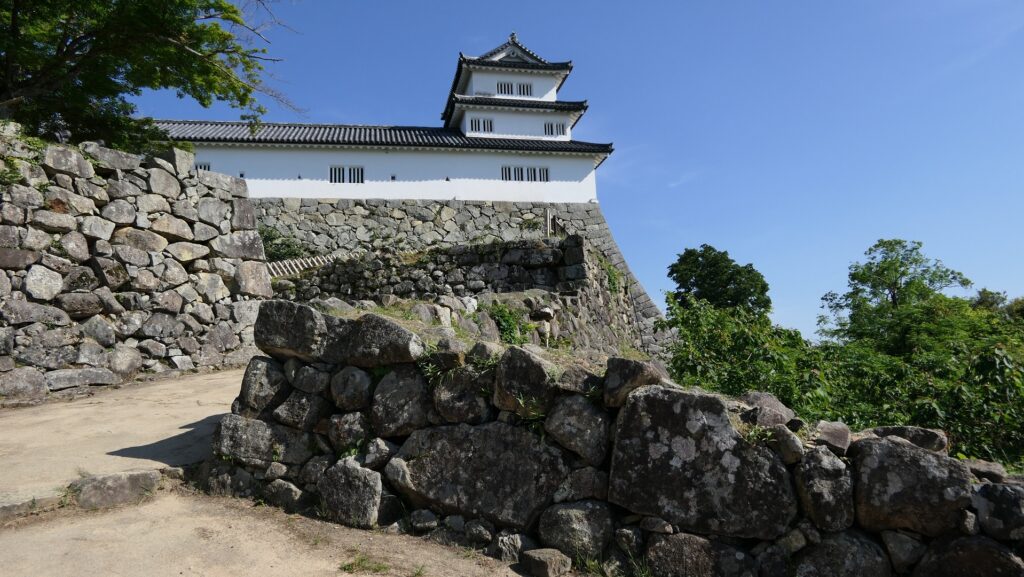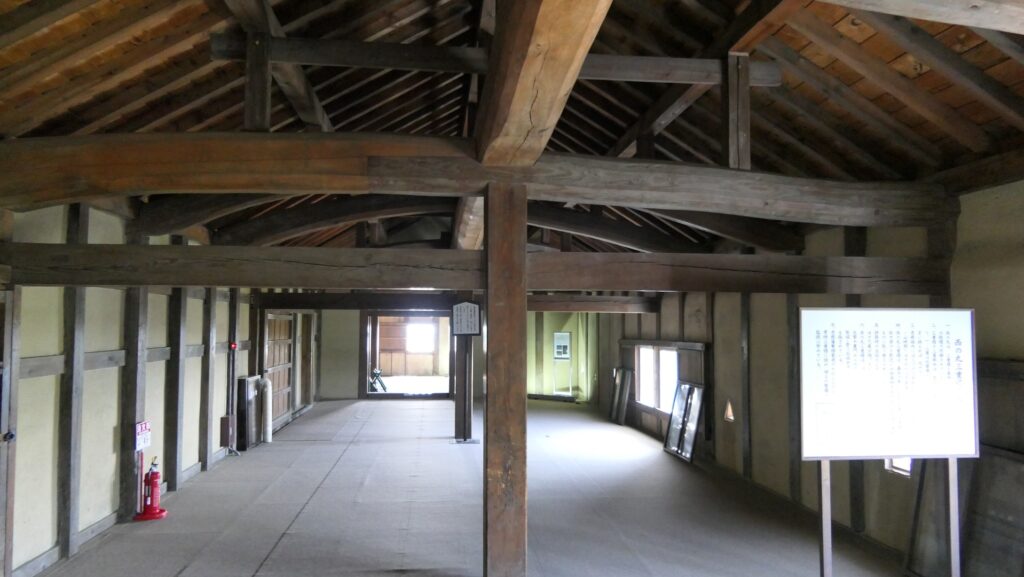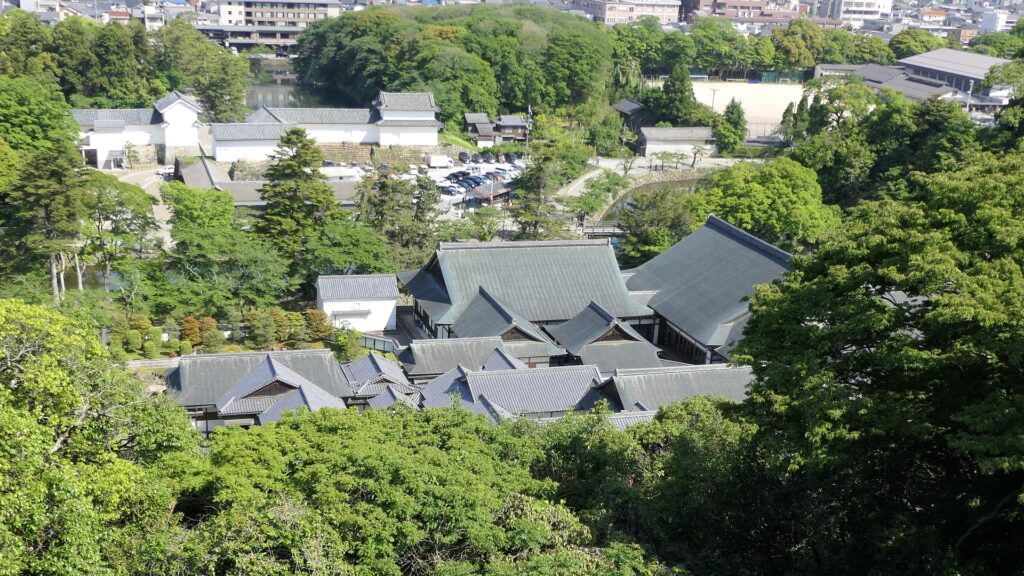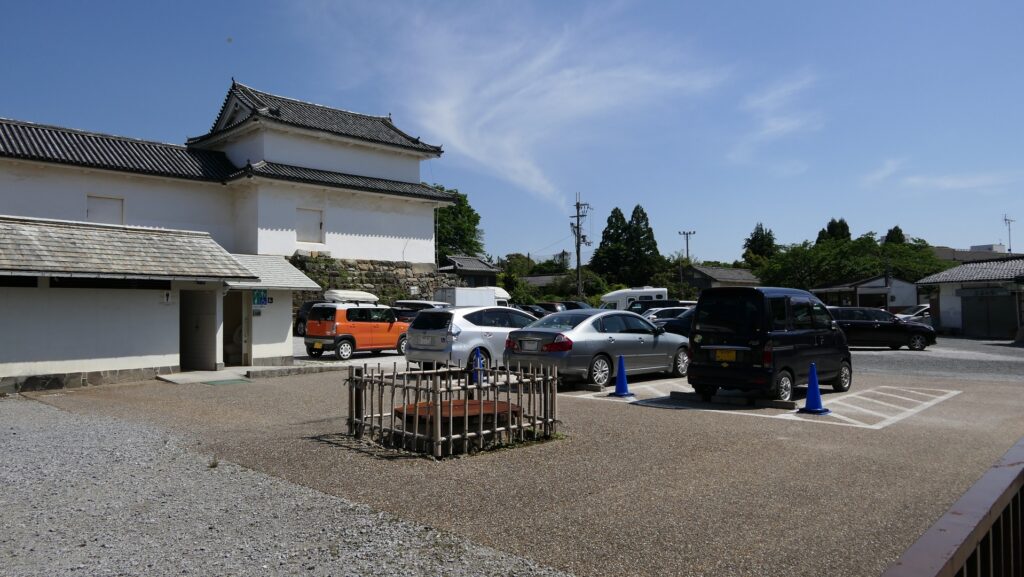Features
Main Enclosure, Center of Castle
To arrive at the Main Enclosure, you will have to pass three other enclosures on the ridge. The enclosure has its entrance ruins with stone steps and stone walls, and some stone walls surround it. Many other stone walls were found by the excavation but buried again in order to preserve it. It is still uncertain who and when these structures were built. Some historians point out they are similar to those of Odani Castle that the Azai Clan built.
The map around the castle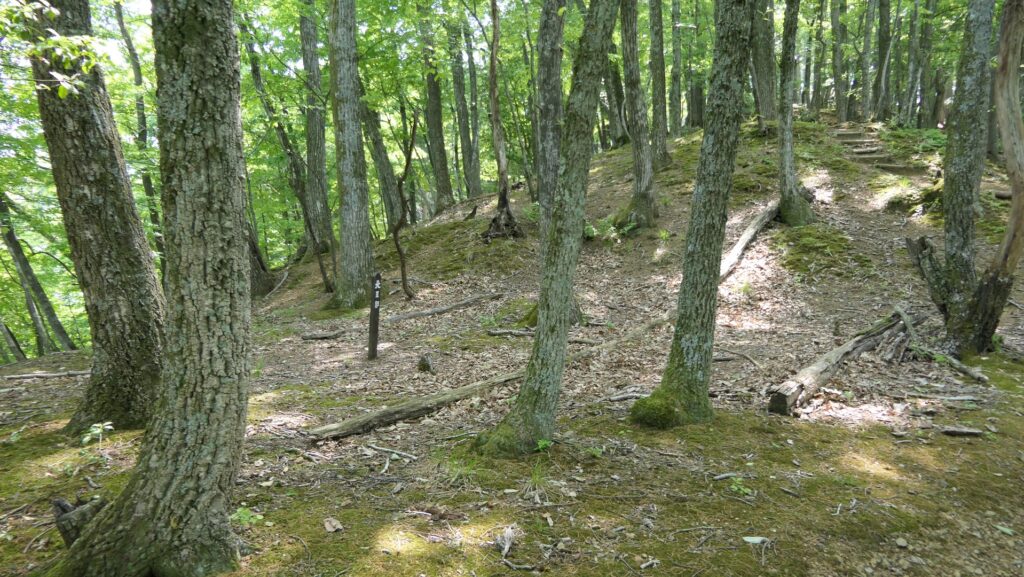
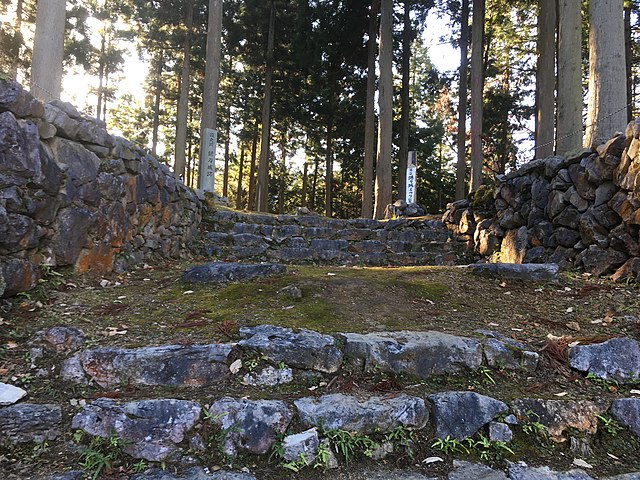
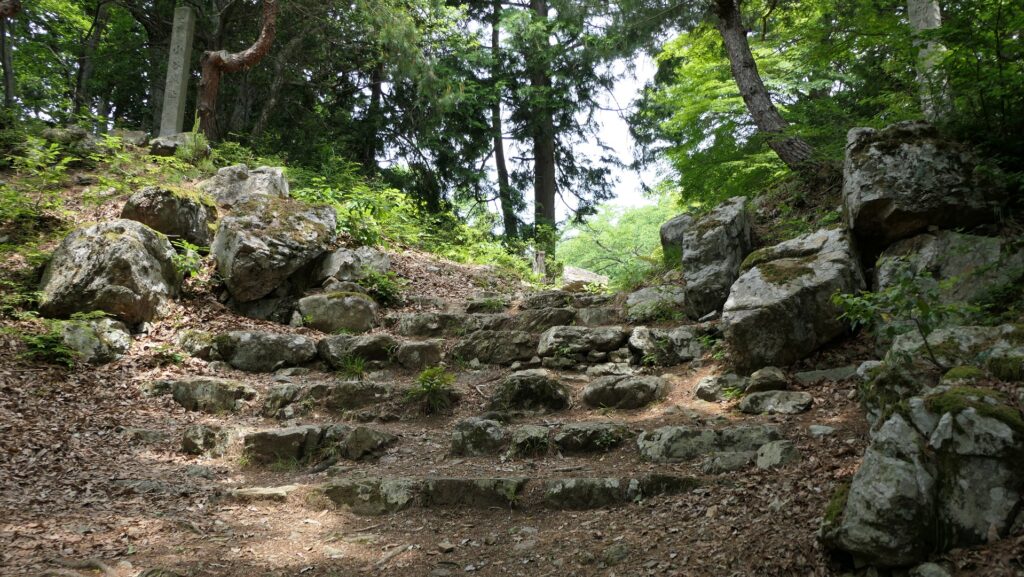
Later History
After its abandonment, Kamaha Castle had been buried for over 400 years. Maibara Town (now is Maibara City), which manages the ruins of the castle, did the research and excavation between 1996 and 2000. It found that the castle had surprisingly advanced systems for mountain castles at that time. As a result, the ruins were designated as a National Historic Site in 2005.

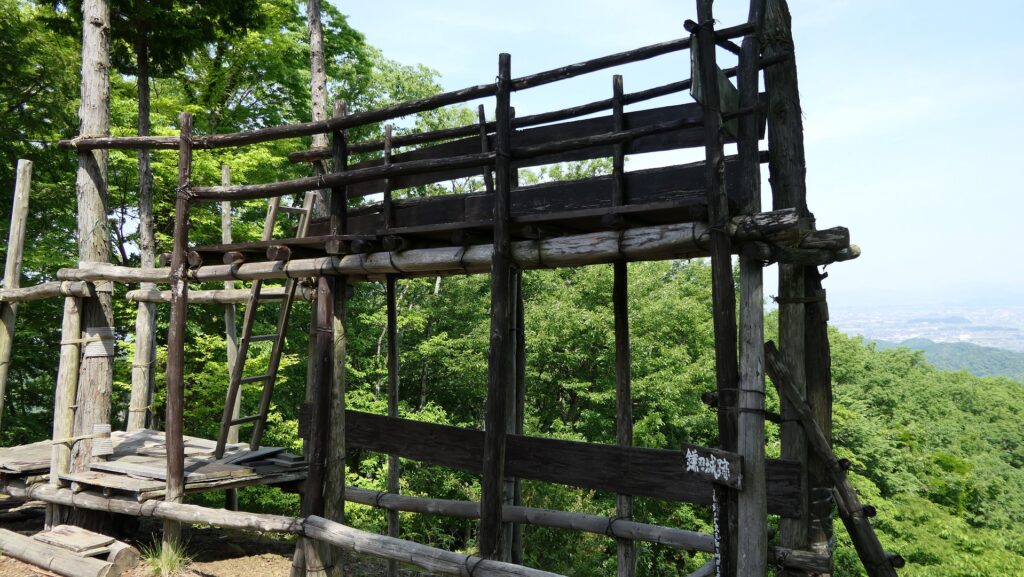
My Impression
I can honestly say that I regret not having enough time and preparation to visit the castle ruins. I didn’t think visiting them needed real climbing. As a result, I didn’t see all of them. I recommend you visit with a group, if possible, because it is quite risky.
In addition, there are other routes for visiting the ruins by using car on a forest road near the ruins. Someday I would like to study it and try visiting all of them.
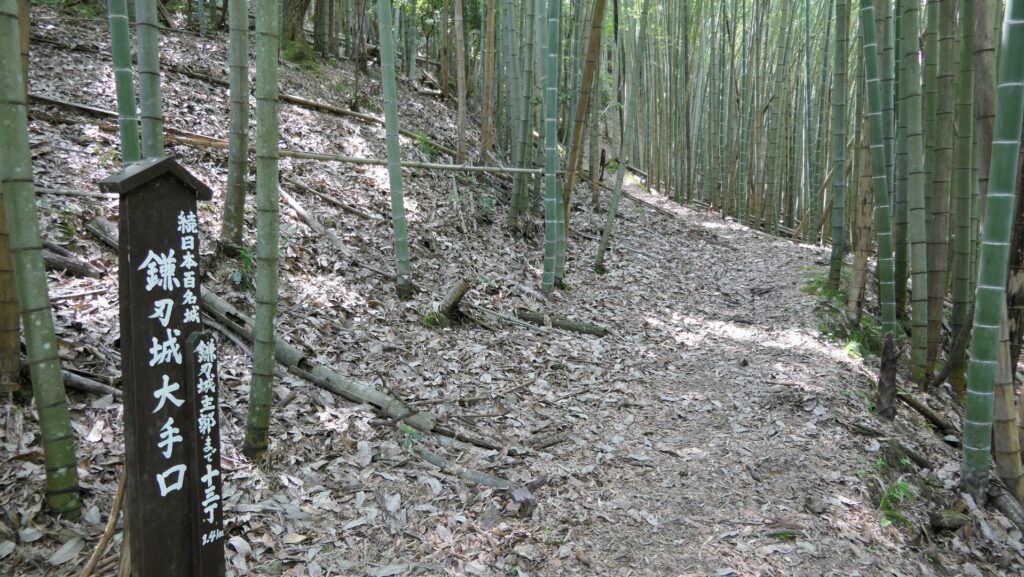
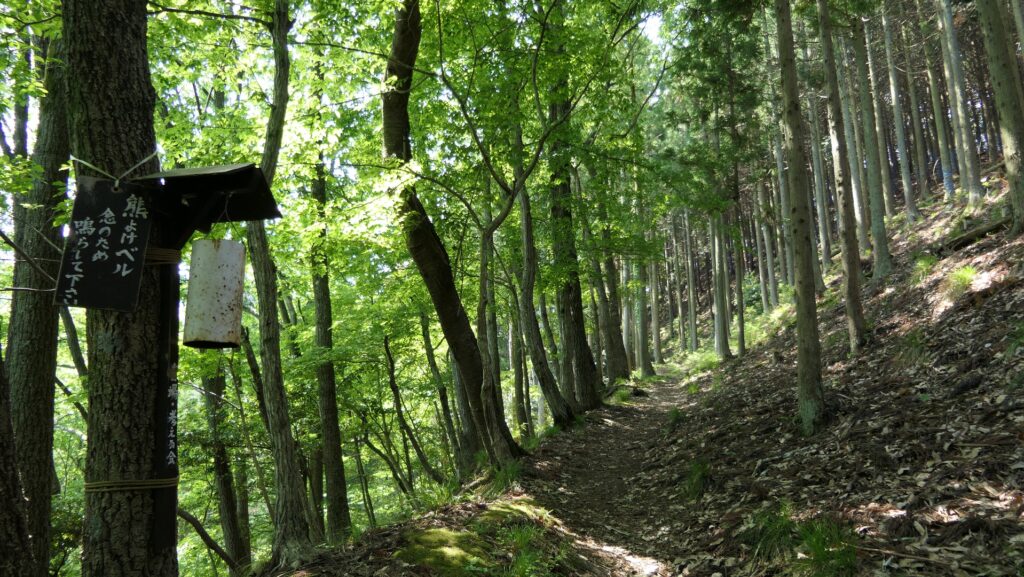
How to get There
I recommend using a car when you visit the castle ruins.
It is about a 5-minute drive away from Maibara IC on the Meishin Expressway. There is a parking lot in the old Banba Station near the underpass of Hikone44 of the expressway.
If you want to use public transportation, you can take the Kohoku Bus bound for Toray Carbon Magic from JR Maibara Station and get off at the Banba bus stop.
To get to Maibara Station from Tokyo: Take the Tokaido Shinkansen super express.
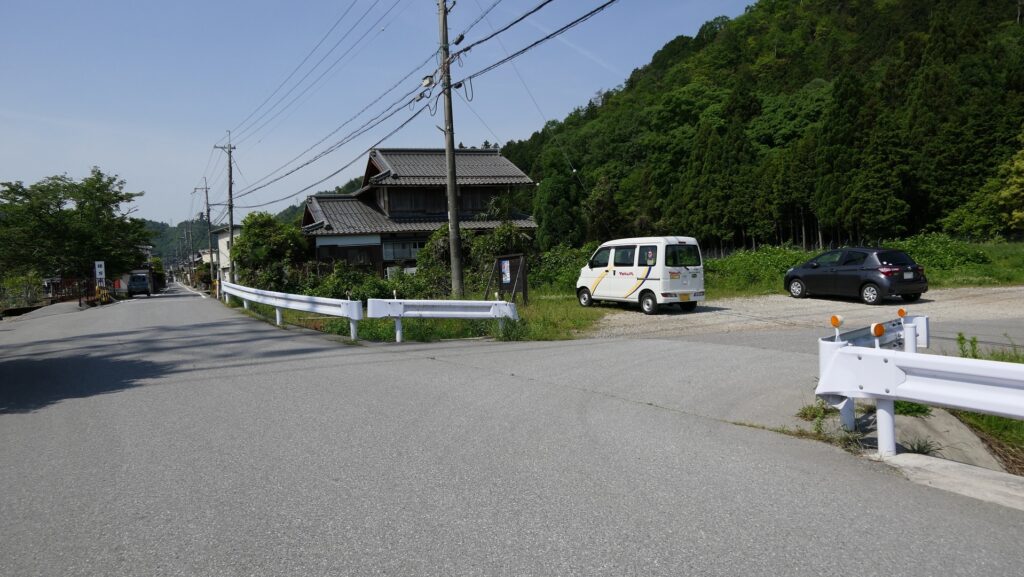
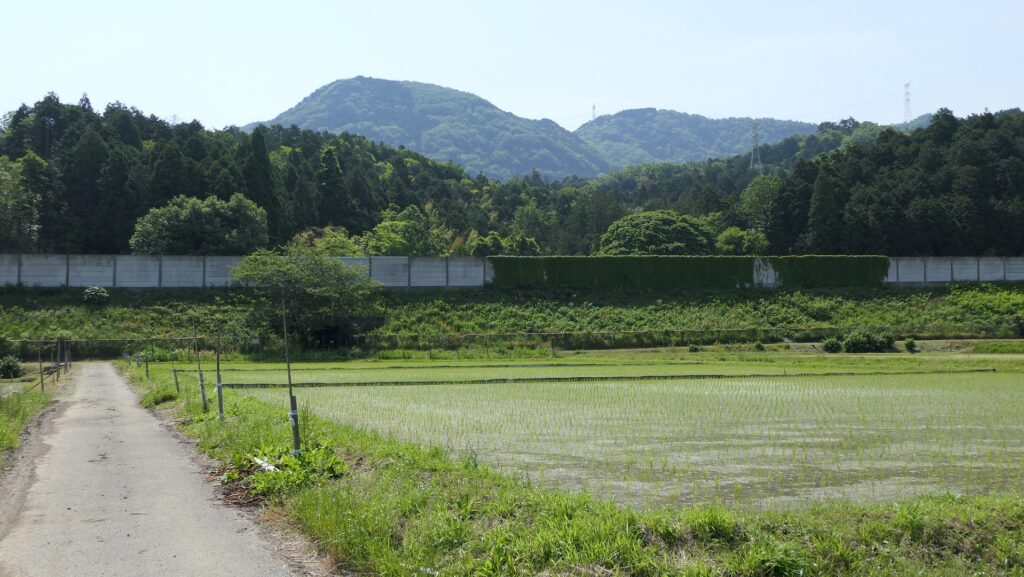
That’s all. Thank you.
Back to “Kamaha Castle Part1”
Back to “Kamaha Castle Part2”

